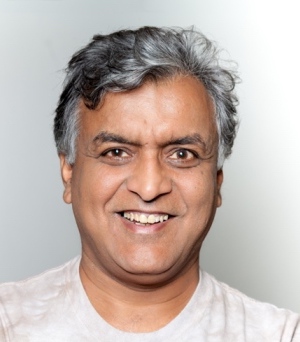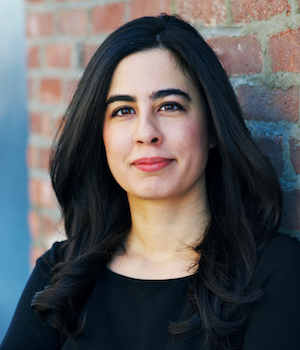Tapping Databases for Scientific Evidence on Health
A3) Tapping Databases for Scientific Evidence on Health
Approximately 2.5 million new scientific papers are published each year, according to recent estimates. To keep up with the literature in a field such as cancer, for example, a person would have to read 17 papers every waking hour all 365 days a year. But journalists work on deadline, and they need to efficiently search for and identify relevant scientific evidence to inform their reporting.
In this session, stewards of several leading health and science databases will share their best practices for mining databases. They’ll offer handy shortcuts for uncovering everything from key research studies to epidemiological data. Participants will learn how to identify ongoing clinical trials in specific locations that relate to diseases they may be covering. These experts will also reveal forthcoming tools that put more power in the hands of journalists who want access to the raw information produced by health studies.
Experts from the U.S. National Library of Medicine, which runs the research paper database PubMed; Google Scholar; and other research databases will give a tour of their resources and offer advice on how to customize searches and automate the process. Panelists will also offer tips on accessing databases with population-level health statistics that can help add context to medical and health stories. After the panel presentations, the audience will be invited to exchange and share database search techniques they have used successfully in their own work.



